
Sponsored Links
pixabay.com
Feeling like a hot air balloon without a release switch isn’t fun for anyone. Yes, being bloated is the pits, and for an estimated 31% of respondents in a widely cited survey of the US population, met Rome I criteria for functional bloating. This means that 31 percent of the population surveyed have functional GI disorders that include bloating.
What is a functional GI disorder?
To further help you understand this, it is important to note that a functional GI disorder are disorders within a person’s gastrointestinal tract that are not structural or cannot be found on an x-ray or otherwise as clear bodily abnormalities. However, these issues are reported by patients in relatively high amounts — over a third of the population.
With these case reportings, many are searching for answers in one of the most obvious places: their diet. And here are some foods that may prove to guilty of making millions feel bloated.
1. Soda Pop
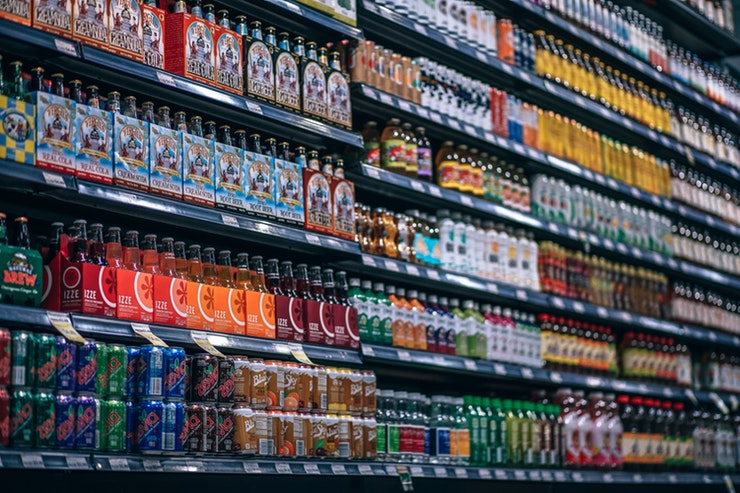
First on the list is the air-filled drink itself: soda pop. That’s right. You may be drinking a liquid, but that liquid is full of air. The fizz that bubbles up when you open a bottle of soda is carbon dioxide gas (CO2). Soft drink manufacturers add this forcing carbon dioxide and water into the soda at high pressures—up to 1,200 pounds per square inch, according to Livescience.com.
And while you may burp a lot of it out, much of it also stays inside your gut, filling you with a lot of pressurized gas.
2. Beans
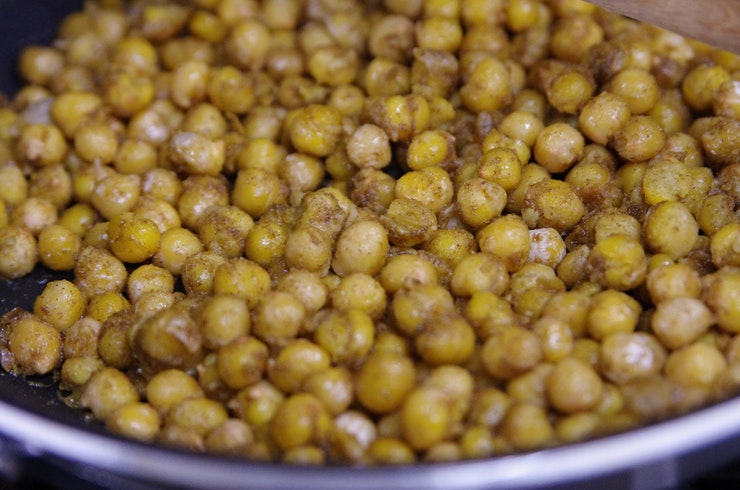
You know the jingle … “Beans, beans the musical fruit. The more you eat, the more you (pass a lot of gas) — toot, toot!”
Beans are a fantastic source of potassium, your B vitamins, healthy carbohydrates, magnesium and fiber. However, many types of beans have sugars called alpha-galactosides, that are short-chain carbohydrates that are not able to be digested. Due to this, they are fermented by gut bacteria within your colon, causing gas.
Sponsored Links
Normally, this fermentation helps give fuel for digestive bacteria, and isn’t really an issue. But, for those who have other digestive conditions like irritable bowel syndrome, another type of gas is formed during the fermentation process. When this happens,symptoms like bloating, flatulence, cramping and diarrhea may occur.
3. Broccoli and other cruciferous vegetables
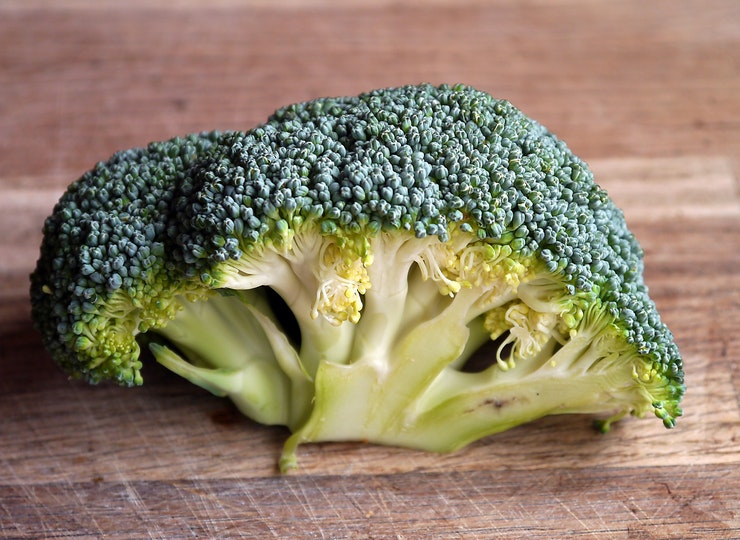
The cruciferous vegetable family includes cauliflower, cabbage, garden cress, bok choy, brussel sprouts broccoli and many more. These are all veggies we should ordinarily eat because they contain nutrients like vitamins C and K, potassium, iron and fiber. We need these nutrients for an optimum digestive system.
However, for many, they can wreak havoc on that digestive system simply because, like beans, they contain alpha-galactosides, also known as FODMAPs ( Fermentable Oligosaccharides, Disaccharides, Monosaccharides, and Polyols) that cause that gas that in many, is just not helpful.
To avoid this, experts say to cook (not fry) your cruciferous veggies to make them easier to digest or opt for other veggies like lettuce, zucchini or cucumbers.
4. Dairy
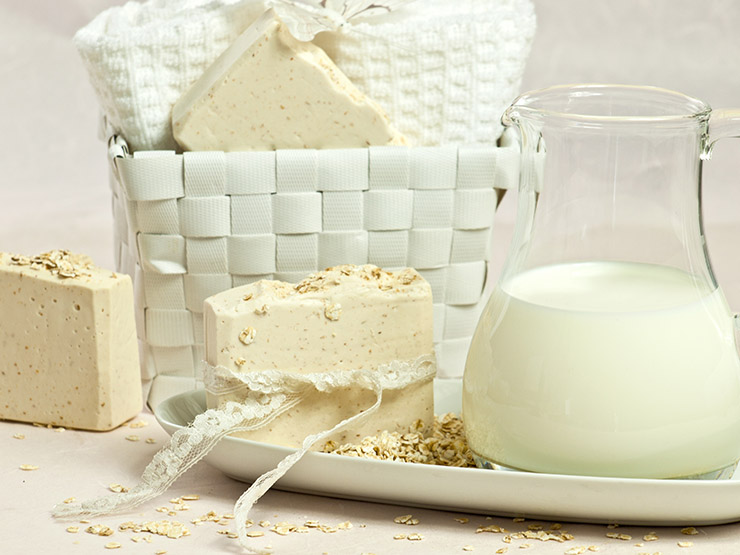
pxhere.com
Milk does a body good — except when it doesn’t. While it and other dairy products like cheese, butter and yogurt is a great source of protein and calcium, it also contains lactose that has been know to be extremely difficult to break down.
In fact research has found that 75 percent of the world’s population is unable to digest lactose at sometime in their lifetime. And to clarify, this does not constitute a milk allergy, but an intolerance to lactose (lactose intolerance). This intolerance can cause many digestive problems in addition to bloating such as cramping and diarrhea.
5. Starchy foods
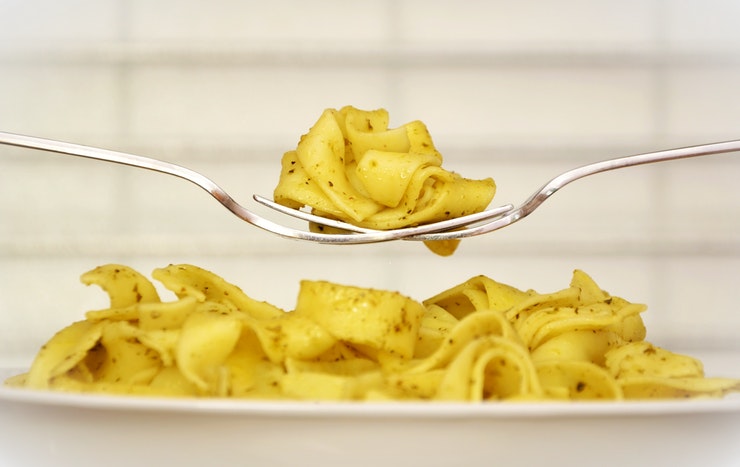
Sponsored Links
Breads, pastas, crackers, cereals and other processed starches are basically liquid sponges. Just think of the last time you dipped a roll into a steaming bowl of chicken noodle soup. Yeah, it soaked that goodness right up, didn’t it. The same goes for the rest of the things on that list. And what happens to the food outside your body, is really no different inside your body.
So, each time you think about putting one of those starchy foods in your body, imagine all that water being held captive and bloating your belly right up.
However, if you want to have your bread and eat it, too, you might want to choose whole-grain option.
